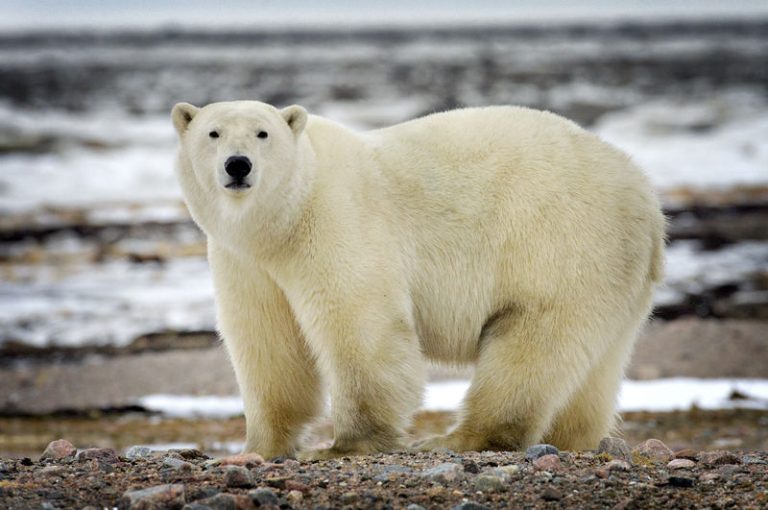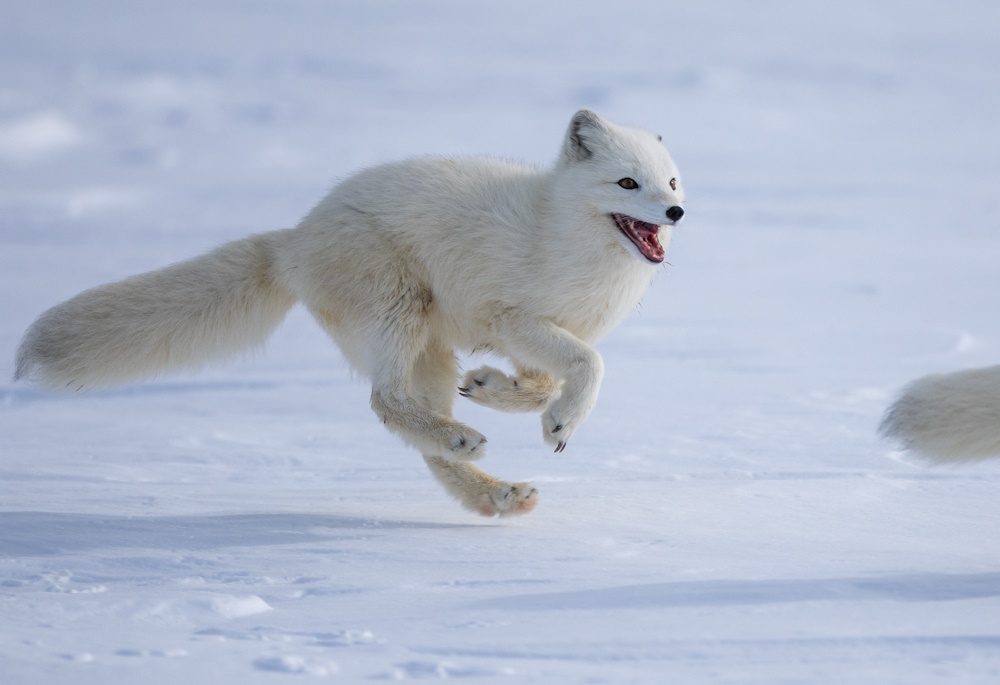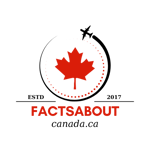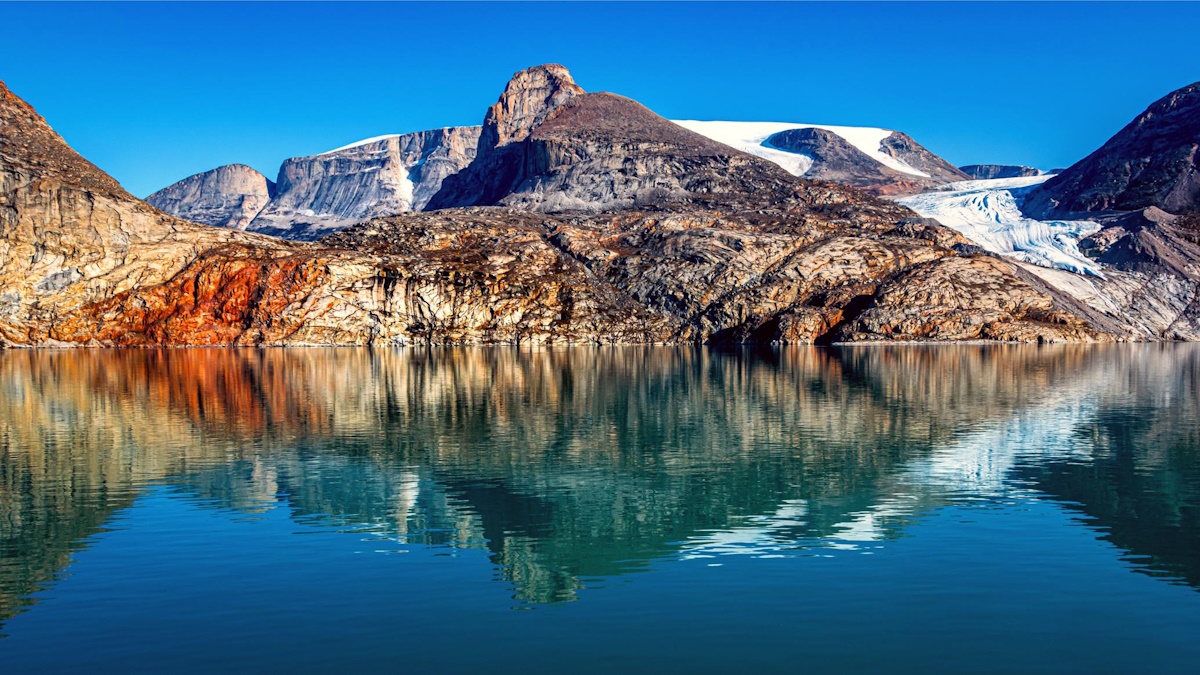Facts About Nunavut: Unveiling Canada’s Arctic Jewel
Nunavut, Canada’s youngest and largest territory, is a land of stark beauty and rich cultural heritage. Yet, many remain unaware of the wonders it holds.
Are you ready for an adventure? Let’s unearth the quirky secrets and fun facts about Nunavut.
15 Fun Nunavut Facts
-
Inuit Heartbeat: Over 80% of Nunavut’s population is Inuit, making it the most Inuit region in Canada.
-
Land of the Midnight Sun: During summer, some parts of Nunavut experience 24 hours of daylight, a phenomenon known as the midnight sun.
-
Polar Bear Capital: Nunavut is home to more polar bears than people, with the territory hosting a significant portion of the world’s polar bear population.

-
World’s Largest Island: Baffin Island, part of Nunavut, is the fifth-largest island globally, boasting stunning landscapes and unique wildlife.
-
Ancient Rock Art: Nunavut is adorned with ancient rock art created by the ancestors of the Inuit, offering glimpses into their history and traditions.
-
Uniquely Named Capital: Iqaluit, the capital city, derives its name from the Inuktitut word “Iqaluit,” meaning “place of fish.”
-
Northernmost Golf Course: Nunavut boasts the world’s northernmost golf course, a 9-hole course built on permafrost in Alert.
-
Record-Breaking National Park: Quttinirpaaq National Park is Canada’s second-largest national park and the world’s northernmost national park of significant size.
-
Aurora Borealis Haven: Nunavut is one of the best places in the world to witness the mesmerizing Aurora Borealis (Northern Lights).

-
Land of the Muskox: Muskoxen, iconic Arctic mammals known for their thick coats and distinctive horns, thrive in Nunavut’s tundra.
-
Arctic Archipelago: Nunavut encompasses a vast archipelago of islands, including Baffin Island, Ellesmere Island, and Victoria Island.
-
Youngest Territory: Nunavut became a separate territory of Canada in 1999, making it the country’s youngest territory.
-
Inuit-Led Government: The Government of Nunavut is led by a Premier and an Executive Council, all of whom are Inuit.
-
Unique Wildlife: Nunavut is home to diverse wildlife, including caribou, Arctic foxes, wolves, narwhals, and beluga whales.

-
Land of the Narwhal: The elusive narwhal, often called the “unicorn of the sea,” is found in Nunavut’s waters.
Conclusion
Nunavut is a land of captivating contrasts, where ancient traditions intertwine with modern life, and breathtaking landscapes hold untold secrets. This extraordinary territory continues to fascinate and inspire all who venture to explore its icy embrace.

